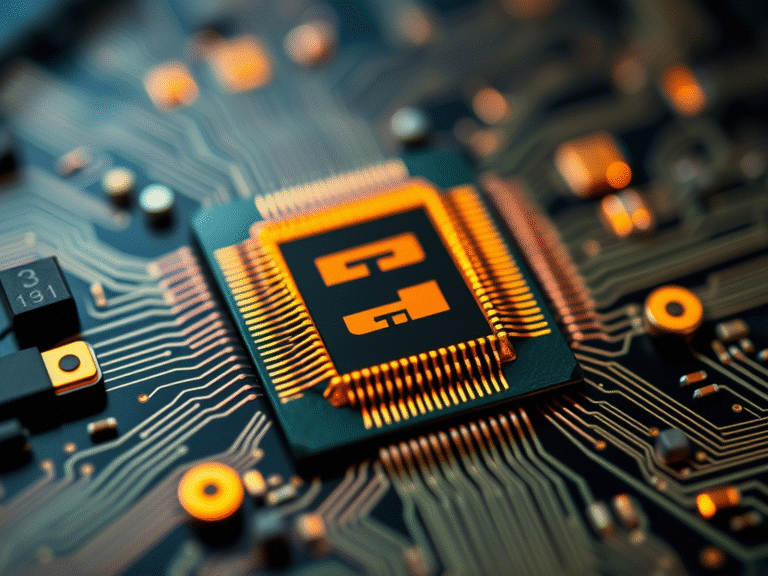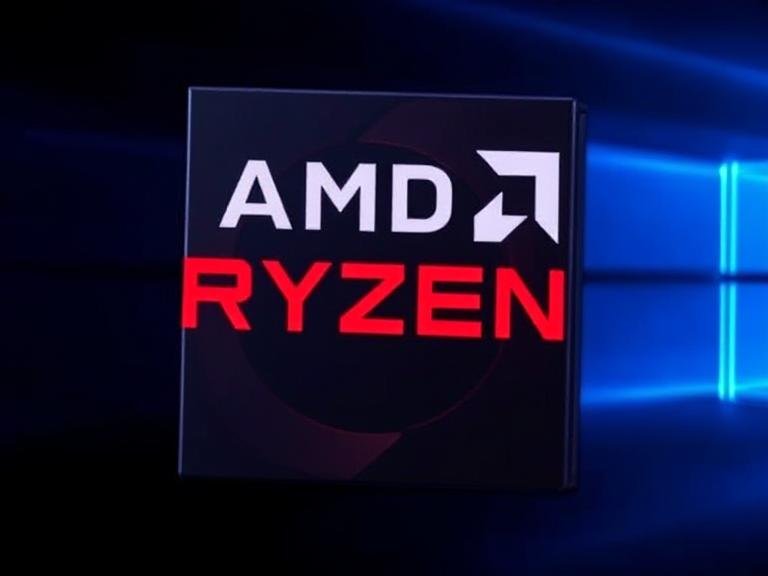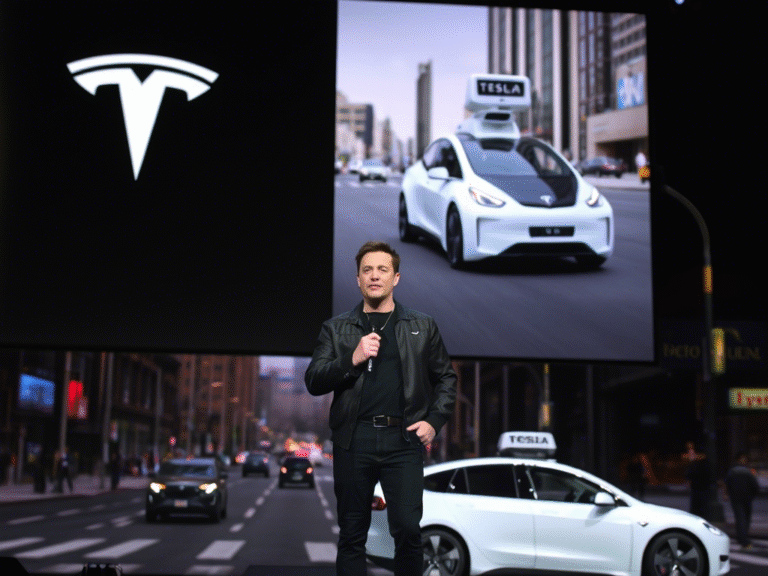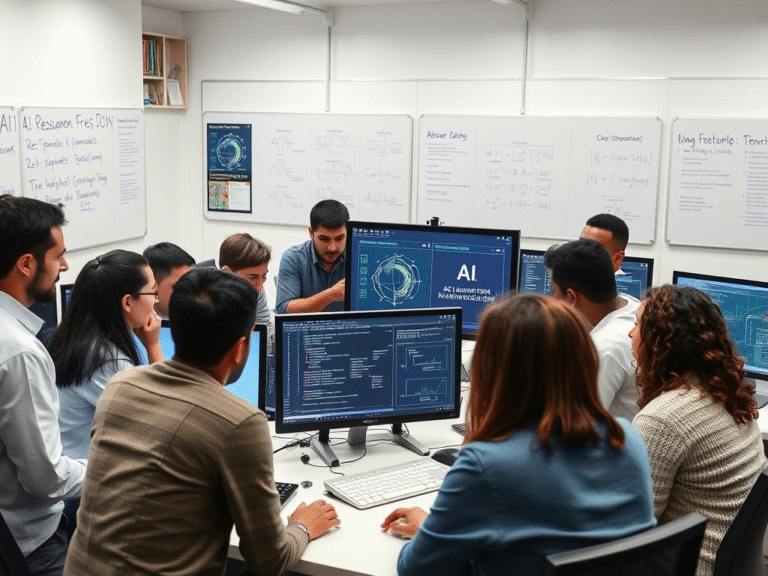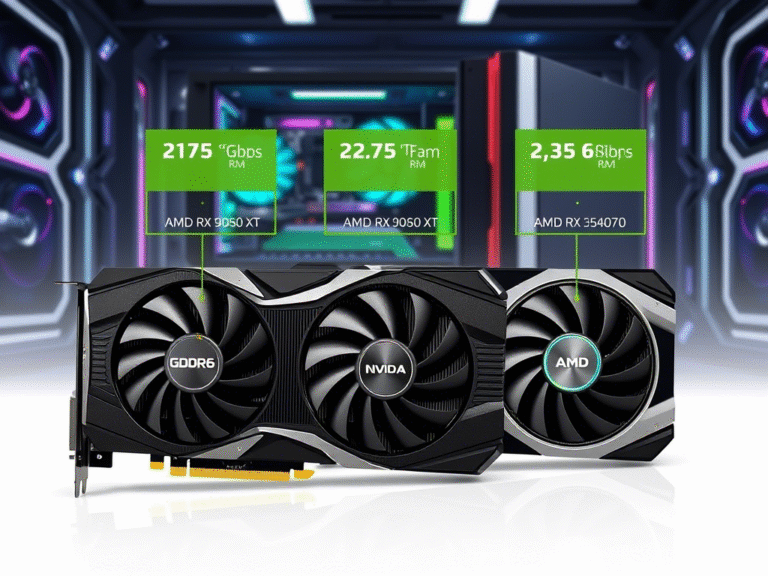
OpenAI Chooses Google Cloud for Future AI Workloads
In a move that’s surprising many industry observers, OpenAI is reportedly entering into a major cloud partnership with Google , using its infrastructure to support the massive computing needs required for training and running AI models. This development signals a shift in strategy — and potentially, a softening of tensions between two companies once seen as direct rivals.
Although no official announcement has been made by either party, sources close to the matter told Reuters that discussions had been ongoing for several months before the deal was finalized in May 2025 . If confirmed, this would mark one of the first major steps by OpenAI to diversify its cloud providers beyond Microsoft Azure , which had previously held exclusive rights to build and supply computing infrastructure for the company since their $1 billion partnership began in 2019.
🔄 A New Era: From Microsoft Exclusivity to Multi-Cloud Strategy
That exclusivity began to loosen earlier this year with the launch of Project Stargate , a program that allows OpenAI to seek external compute resources if Microsoft cannot meet demand. The Google Cloud deal appears to be a direct result of that initiative, helping OpenAI scale its operations amid skyrocketing demand.
This strategic pivot is not just about capacity — it’s also about independence . Reports suggest that OpenAI is also working with other cloud providers like CoreWeave , and is even developing its own custom AI chip to reduce reliance on third-party hardware altogether.
🏆 A Win for Google Cloud — But at What Cost?
For Google Cloud , securing a high-profile client like OpenAI is a major win. It boosts the credibility of its cloud services, especially after years of playing catch-up with Amazon Web Services (AWS) and Microsoft Azure. More importantly, it validates Google’s investment in its Tensor Processing Units (TPUs) — specialized chips designed specifically for AI workloads.
OpenAI’s use of TPUs could help Google showcase the power of its hardware to other potential customers. In fact, companies like Anthropic and Safe Superintelligence have already benefited from access to these advanced chips.
But there’s a twist: OpenAI competes directly with Google’s core search and AI businesses. By providing cloud infrastructure to a rival, Google risks strengthening a competitor at a time when both companies are racing to dominate the future of artificial intelligence.
⚖️ Balancing Act: Supporting a Competitor Without Undermining Your Own Goals
Google now faces a delicate balancing act. On one hand, hosting OpenAI’s workloads brings in significant revenue — something that matters deeply to Google Cloud, which contributed $43 billion (or 12%) of Alphabet’s total revenue in 2024. With OpenAI’s estimated annualized run rate hitting $10 billion , the financial upside is substantial.
On the other hand, giving OpenAI access to top-tier AI hardware could indirectly hurt Google’s own efforts in areas like generative AI and search. Internal teams will need to carefully manage how resources are allocated between Google’s own projects and those of its cloud customers.
There’s also the issue of capacity constraints . Google’s Chief Financial Officer recently admitted that the company is struggling to keep up with overall demand for cloud computing. Adding a heavy user like OpenAI could add more pressure — at least until new infrastructure comes online.
📈 What Does This Mean for the Future?
The evolving relationship between OpenAI and Microsoft, and now the inclusion of Google, highlights a growing trend in the AI industry: no single provider can handle the explosive compute demands alone . As AI models grow larger and more complex, companies are being forced to spread their infrastructure across multiple cloud partners.
This deal also raises questions about OpenAI’s long-term independence and Google’s willingness to fuel a key competitor. While both sides stand to gain in the short term, the long-term implications could reshape the competitive landscape of AI and cloud computing.
